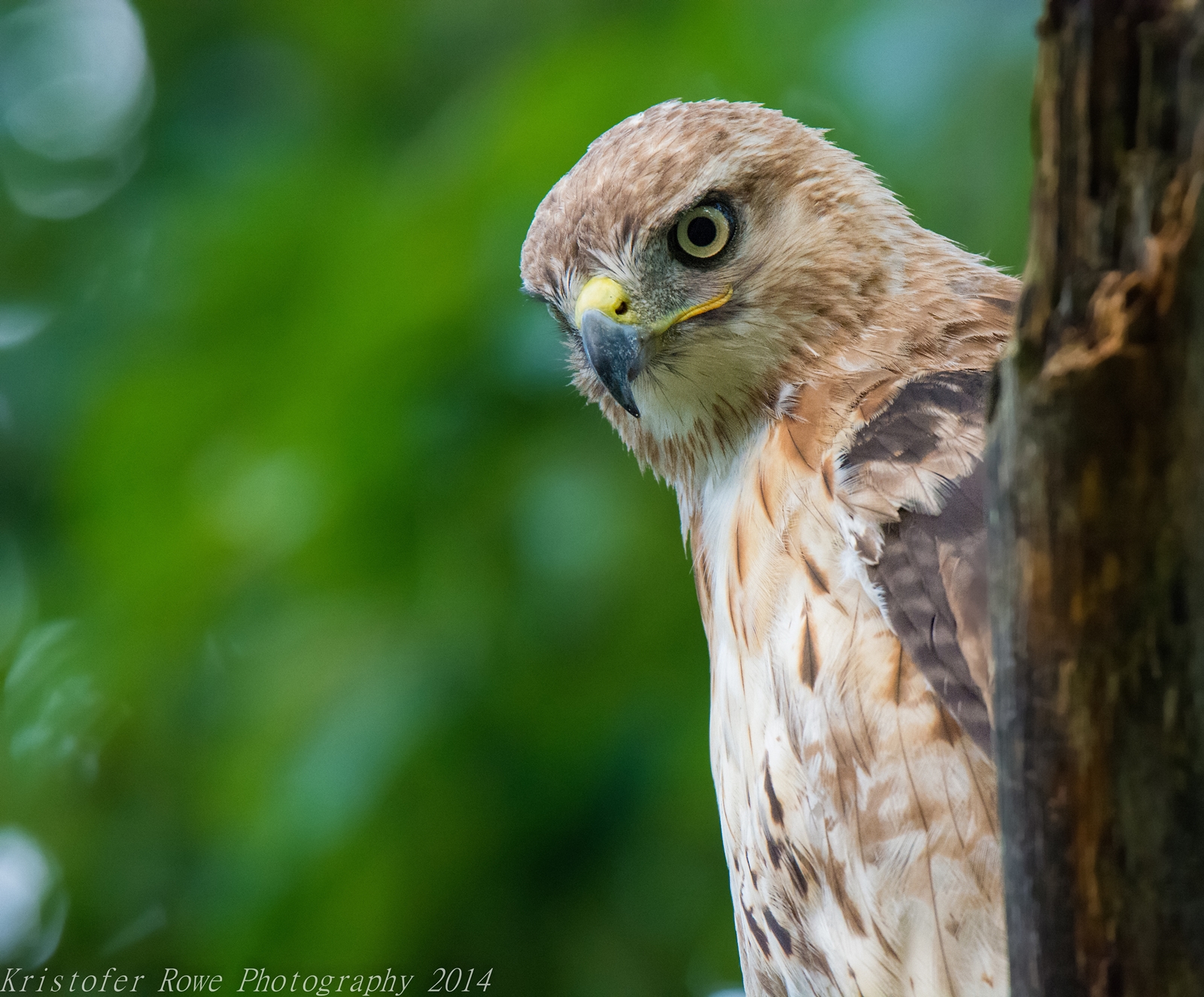goodguy
Been spending a lot of time on here!
- Joined
- Dec 5, 2012
- Messages
- 5,555
- Reaction score
- 1,121
- Location
- Toronto Canada
- Can others edit my Photos
- Photos OK to edit
How big of a jump was it in low light performance ?
If your crop sensor camera was the latest generation and you moved to a full frame did you see a BIG jump in low light performance ?
I was complitly sold on the idea of moving to full frame but lately I am starting to question it a bit.
I love my D7100, awesome camera and my only wish (except having a bit of a bigger buffer) is that it will have better low light performance.
The D7100 low light performance are impressive for a crop sensor camera but what can I say I want more MUCH MORE LOL
So if the jump in low light performance when moving to full frame isnt so big maybe staying with crop sensor might still be the preffered option for me.
If your crop sensor camera was the latest generation and you moved to a full frame did you see a BIG jump in low light performance ?
I was complitly sold on the idea of moving to full frame but lately I am starting to question it a bit.
I love my D7100, awesome camera and my only wish (except having a bit of a bigger buffer) is that it will have better low light performance.
The D7100 low light performance are impressive for a crop sensor camera but what can I say I want more MUCH MORE LOL
So if the jump in low light performance when moving to full frame isnt so big maybe staying with crop sensor might still be the preffered option for me.





![[No title]](/data/xfmg/thumbnail/31/31095-2b52a6dcc956382cffdd384ae4d156f2.jpg?1734159250)

![[No title]](/data/xfmg/thumbnail/31/31094-f975d7e61424996edc28cec3b9dd70a8.jpg?1734159245)
![[No title]](/data/xfmg/thumbnail/34/34076-d491e0e556e88ef7f797efcbe6083299.jpg?1734164514)


![[No title]](/data/xfmg/thumbnail/31/31097-95606cf1bf0ecc862078bc333f20d4f7.jpg?1734159259)
![[No title]](/data/xfmg/thumbnail/34/34079-552f58c1ec0f8485f9c24a5b1db49654.jpg?1734164515)



